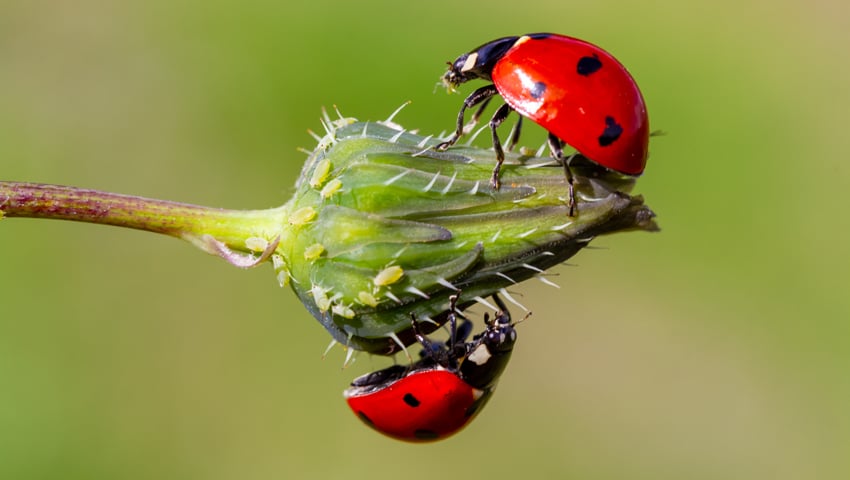Extract from an article on the Innovative Farmers website.
SIX farmers hope to unlock knowledge about how to attract and support the right insect populations, and when and where they are most needed, by looking at the impact of flower establishment techniques, flower species mixes, and distribution of flowering features on farm.
The growers, who operate both conventional and organic systems, are part of an AHDB-sponsored Innovative Farmers field lab, supported by the Soil Association and researchers from AHDB, Newcastle University, ADAS, and Stockbridge Technology Centre.
It’s hoped their findings could help other farmers gain more confidence and knowledge about integrating flowers into their systems, so they can reduce their reliance on pesticides and fungicides, with benefits for the environment, biodiversity, and production costs.
The farmers will monitor insect populations in existing and newly established flowering features, and also experiment with different seed mixes and establishment techniques based on their soil types. Some will also trial different distribution of flowers around their farms, such as flower strips within crops, or large blocks of flowers, instead of just flowering margins.
Dr David George, an entomologist at Newcastle University, said, “Agri-environment schemes have traditionally emphasised attracting insects for conservation, such as pollinators and butterflies.
“While pollinators are essential for food production and biodiversity, farmers know less about attracting and supporting the right predatory insects, such as ladybirds and parasitic wasps, which eat aphids and other pests.”
“In the last few years, however, there has been a huge increase in the number of farmers now engaging with methods to encourage these beneficial insects and the ‘biological control’ services they can provide.”
Gaining knowledge about a range of systems is a key part of the trial, adds Dr Emily Pope, senior knowledge transfer manager at AHDB, who is coordinating the field lab. “What’s different about this trial is that we’re including the farmers’ systems as they are, rather than creating uniform conditions, so it’s about seeing how we can use flowers and insects in real-life farming situations,” she says.
Using flowers and insects effectively will require a “more knowledge intensive” way of operating, says Dr Pope, with farmers building up understanding specific to the habitats and wildlife on their own farms.
“We’re just scratching the surface about what we know, because proactively using flowers and predatory insects has not been a feature of most farms for a long time,” says Dr Pope. “Insect populations and their life cycles are much more complex than a shelf of chemicals, and so it will take years to build up that knowledge about what works on your land.
“However, it’s no different to how farmers already build knowledge about, for example, their soils and the way they respond to weather conditions – but it does mean now is a good time to start that journey and take the opportunity to create a system less reliant on synthetic chemicals.”
